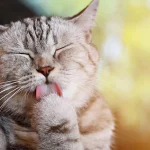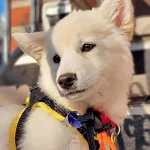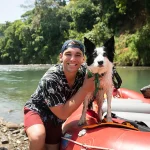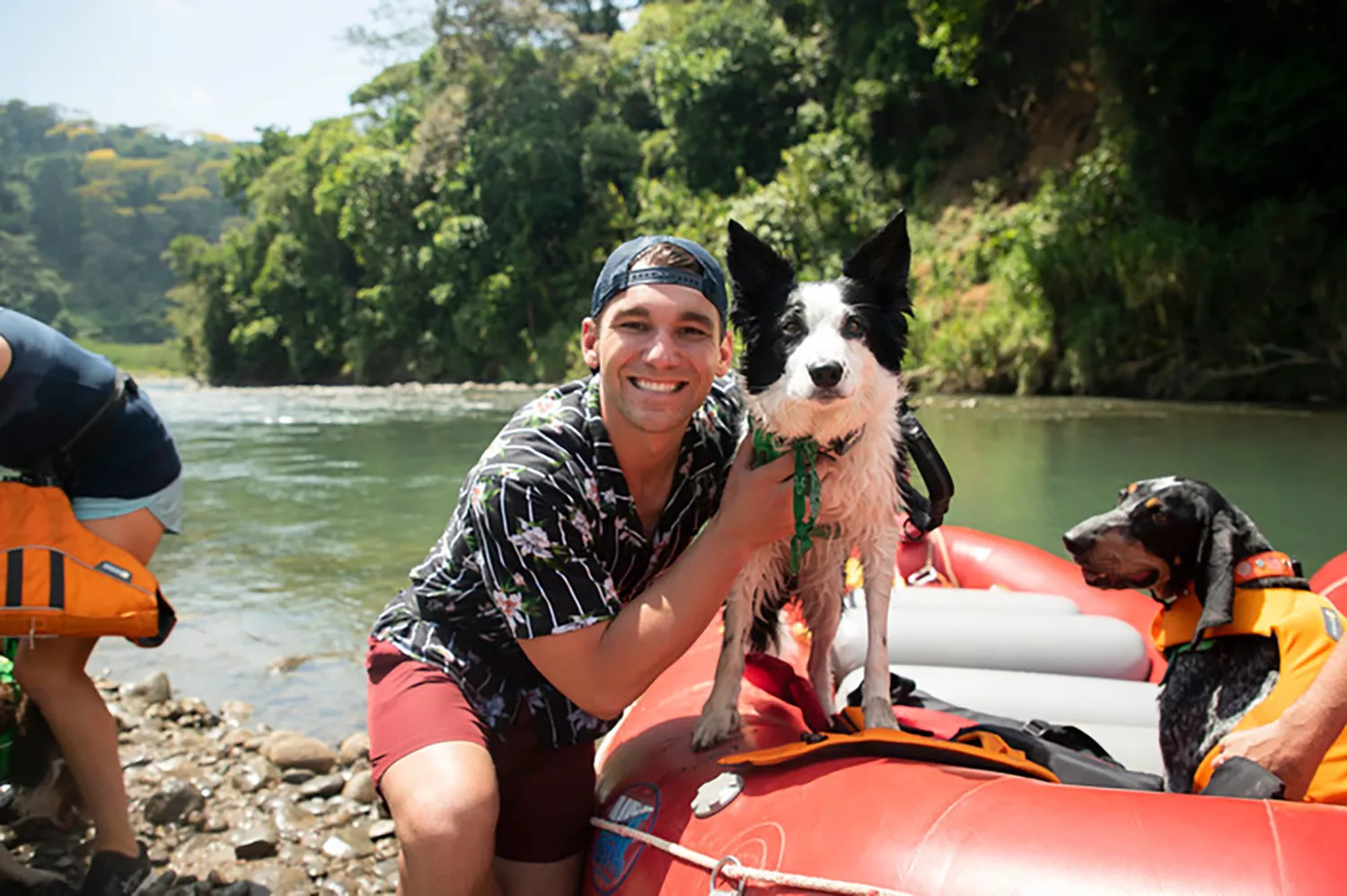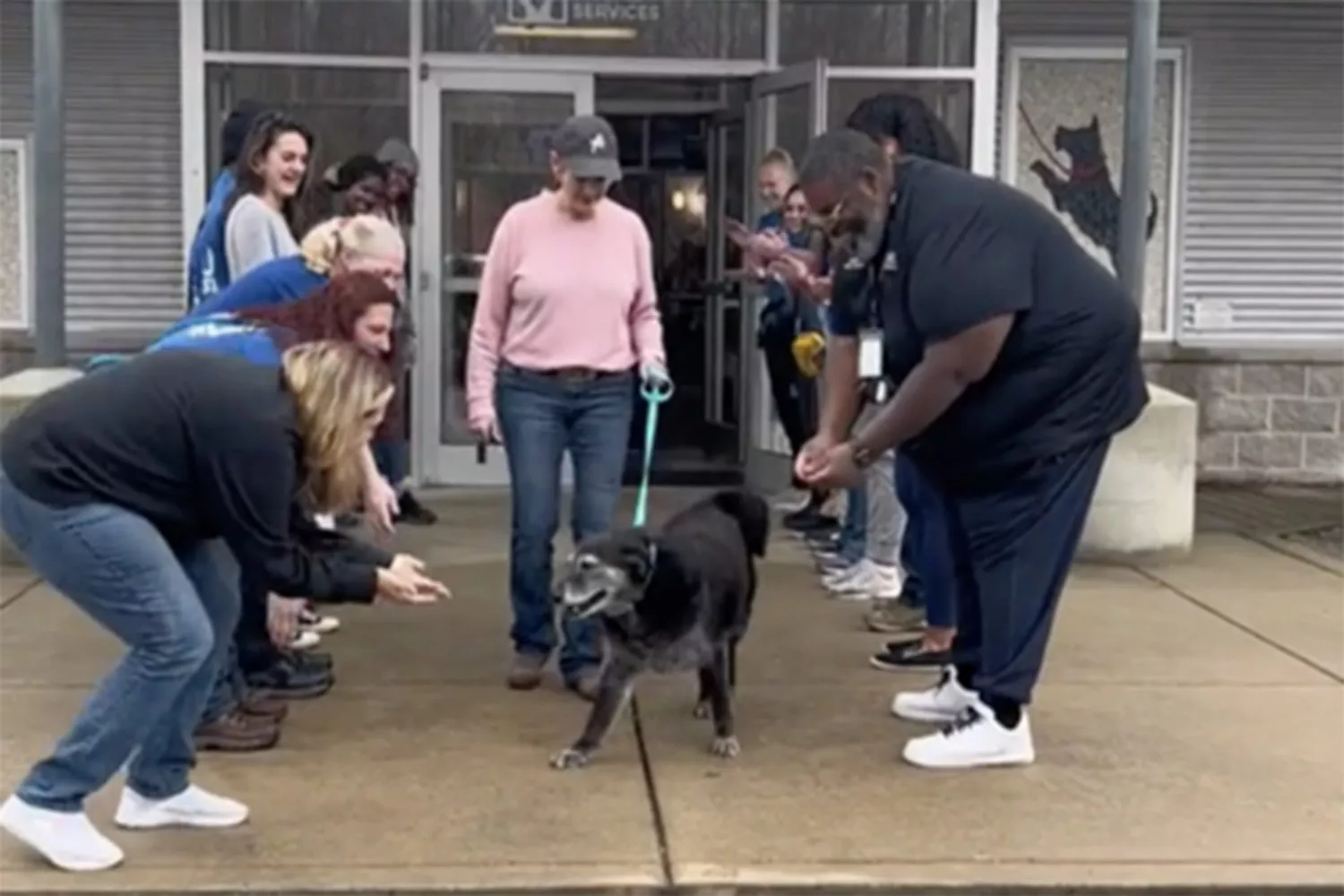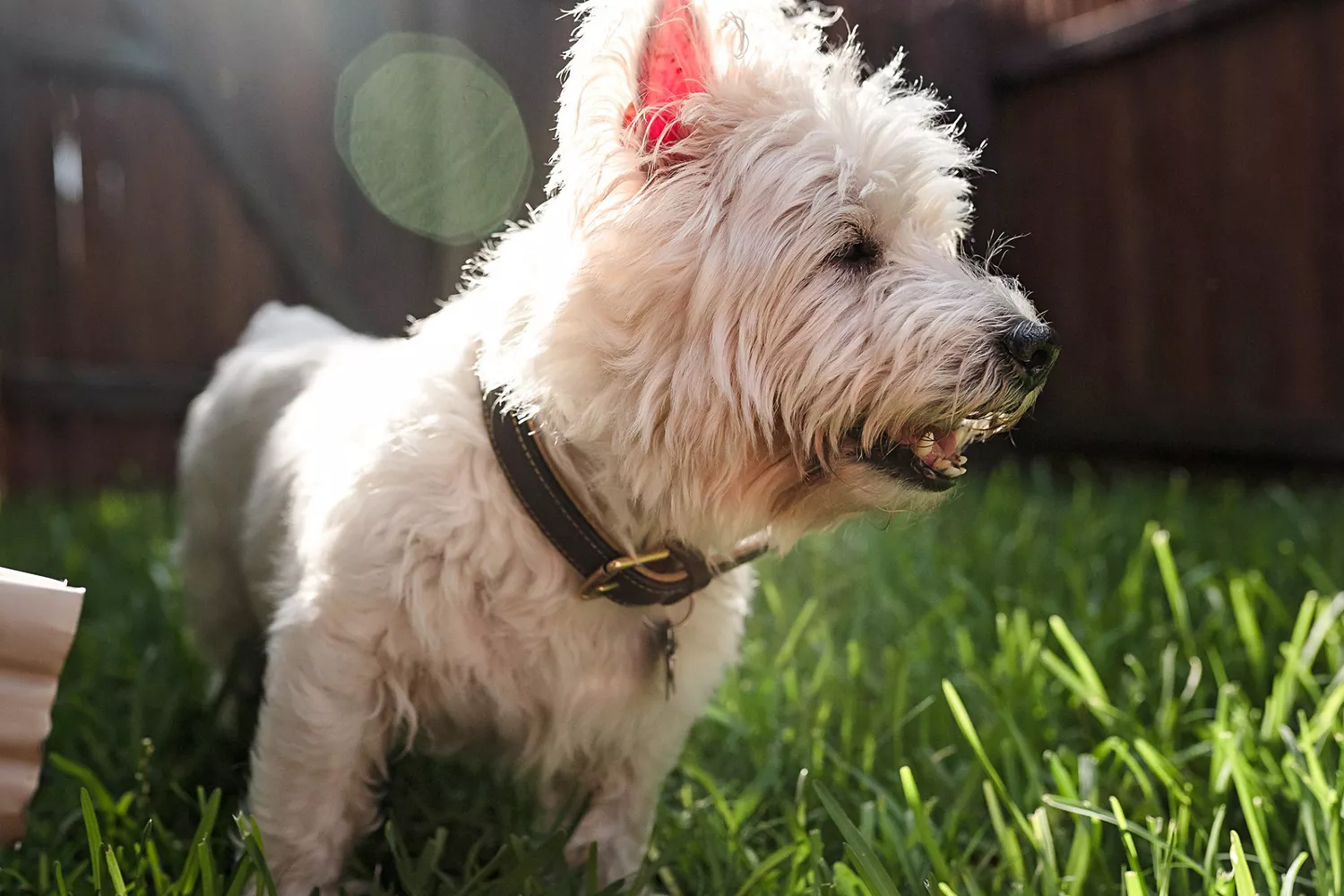 Somewhere in the wilds of Malaysia, Rita Santos and her pet Hera are walking through knee high yard. The location they’re working in is a known habitat for tigers and other big felines, which indicates that it’s also a popular searching grounds for the poachers who track them. That’s why, on this day under the whipping Malaysian sun, Santos and Hera are trying to find poop.
Somewhere in the wilds of Malaysia, Rita Santos and her pet Hera are walking through knee high yard. The location they’re working in is a known habitat for tigers and other big felines, which indicates that it’s also a popular searching grounds for the poachers who track them. That’s why, on this day under the whipping Malaysian sun, Santos and Hera are trying to find poop.
For decades, animal preservation studies relied nearly exclusively on physically locating the types in question. The majority of the time, this was achieved by bring in an animal to a particular location to catch specimens through live trapping, or by tape-recording their presence indirectly by means of electronic camera traps and tracking stations. It was a sluggish, laborious procedure that was not constantly guaranteed success.
However in more recent years, dogs like Hera have actually become increasingly valuable tools in conservation efforts because of their capability to track different targets through aroma and make it possible for groups to study animals in more non-direct ways.
” To assist monitor types,” Santos states. “To help elusive animals, she finds invasive types, [but] her primary task is to discover poop.”
An animal’s scat can provide incredibly important info to preservation groups regarding the general health of the animals they study. One scat sample can provide info regarding an animal’s diet plan, genes and hormone levels, as well details such as determining the existence of parasites or biological abnormalities. And, significantly, it can permit researchers to gather this details with no direct contact with the animal itself.
That’s where she would stay for another year, till Santos embraced the then-two year old canine in 2017. Santos, by then a knowledgeable conservation canine handler working with a pet dog named Zeus, was looking for a new pet dog to train for the task, and she thought that Hera’s huge energy levels would come in useful in the field.
” We checked her and she did awesome,” Santos states. “She came into my life to be a spare dog, due to the fact that it’s good to have 2 pet dogs so one doesn’t get all the work [and] she wound up doing the entire task herself.
That joy has actually taken Santos and Hera to seven various countries, helping in animal preservation efforts for a startling range of animals. Trained in the recognition of 17 different targets, Hera and Santos have helped find brown bears, numerous species of wolf, sea turtle nests, even grasshoppers and lizards.
” Once I was able to get Hera, we began to work full-time,” Santos states. “We go from task to project, so it’s sort of a way of life, rather of a job,”
In addition to doing essential, clinically important work together, Santos credits her relationship with Hera for making her a more well-rounded person. Calling herself “an extremely nervous person” by nature, Santos states that Hera provides a soothing influence when they aren’t working in the field, giving Santos a feeling of convenience in their downtimes.
” She is the center of my world right now,” Santos states. “I think I’m a much better person in general, just because I’m around canines.”


